WAR GRAVE
THOMAS HAYDON SMITH (grave 16)
SERGEANT
49 SQUADRON
ABOUT MY LIFE
Born: 1920
Died: 29th September 1941
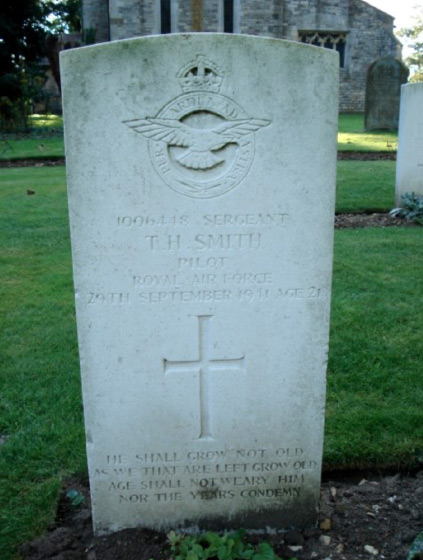
Little is known about my life, except that I was the son of Thomas and Josephine Smith from Hull.
My parents had this epitaph written on my grave: He shall grow not old as we that are left grow old: age shall not weary him nor the years condemn. This came from a poem written by Robert Laurence Binyon in 1914.
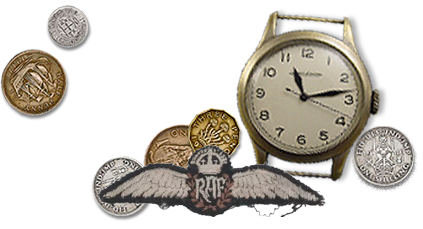
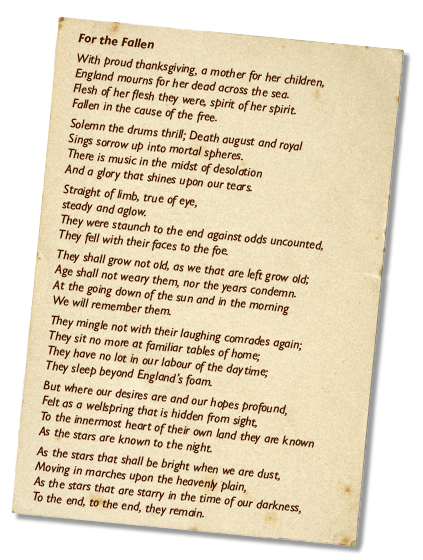
MY AIRCRAFT
On the day of the accident, I was flying a Handley Page Hampden AE376 of 49 Squadron. 49 Squadron had been the first RAF unit to receive the Hampden.
The Hampden was a medium bomber with a crew of 4. Pilot, Navigator, Wireless Operator/gunner and a further gunner. Although it was a vast improvement on the biplanes 49 Squadron had been flying just before the war opened, in reality it was already obsolete. Early daylight raids had been a disaster, the bomber was too slow to evade German fighters and its guns were no match for the Germans either. The distinctive fuselage, designed to give the aircraft a sleek, aerodynamic profile, led to the Hampden earning its nickname of “The Flying suitcase”.
Crew: 4
Span: 21.09 m
Length: 16.32 m
Height: 4.37 m
Wing area: 63.90 m²
Empty weight: 5,344 kg
Loaded weight: 8,508 kg
Engine: 2 x Bristol Pegasus XVIII 9-cylinder radial engines
Engine power: 980hp each
Maximum speed: 410 km/h
Rate of climb: 5.00 m/s
Range normal: 1,095 km
4 or 6 x 7.7mm Vickers K machine guns (1 flexible, 1 nose, 1 or 2 dorsal, 1 or 2 ventral)
1,814kg of bombs/mines or 1 x 18in torpedo
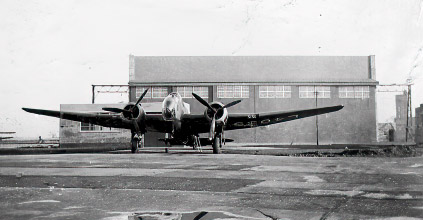
MY ROLE
I was the pilot of this aircraft.
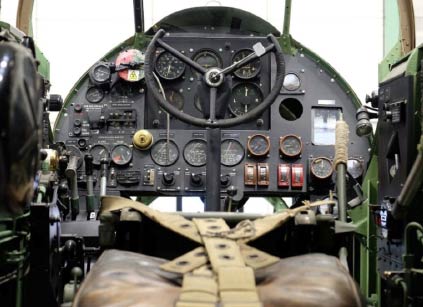
A Hampden Cockpit.
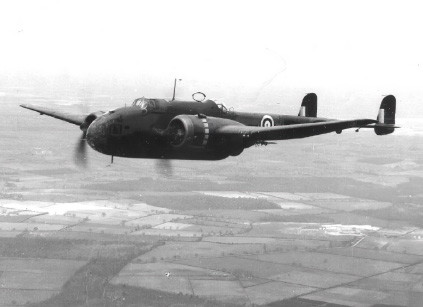
MY SQUADRON
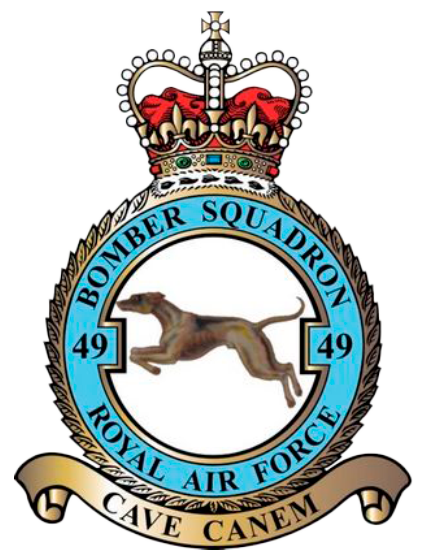
Motto: Cave Canem
Beware of the Dog
49 Squadron was formed at Dover on 15 April 1916 under the command of Major A S Barratt MC and spent its first 18 months as an aircrew training unit equipped with BE2Cs and RE7s. Other documents record that the squadron also trained using Martinsydes. In November 1917 the squadron was re equipped with DH4s and moved to La Bellevue aerodrome in France. Here the squadron was employed in the day bomber role as part of
the 3rd (Army) Wing. Its first raid was made on 26 November 1917. Following the end of hostilities, the squadron was disbanded on 18 July 1919. According to its records 49 Squadron destroyed 56 enemy aircraft drove down another 63 out of control, dropped a total of 120 tons of bombs and operated from 10 airfields in France during the 1914-18 War.
On 10 February 1936, 49 Squadron re-formed at Bircham Newton from a nucleus provided by ‘C’ Flight of No 18 Squadron. It was equipped with Hawker Hind light bombers and initially commanded by Flt Lt J C Cunningham. It moved to Worthy Down in August 1936 where its official badge, depicting a racing greyhound surmounting the motto ‘Cave Canem’ (Beware of the Dog), was presented on 14 June 1937. At first the badge seems inappropriate for a bomber squadron but it is in fact indicative of the performance of the Hawker Hind when compared with its contemporaries. A move to Scampton in March 1938 was followed by conversion to the Handley Page Hampden, the first unit to be equipped with the type.
During the opening months of World War 2 the squadron was employed mainly on reconnaissance, mine laying and leaflet dropping. On 11 May 1940 bombing attacks on Germany began, the oil refineries at Munchen Gladbach being attacked. On 12 August a most successful low level attack on the Dortmund Ems canal was pressed home by Hampdens of 49 Squadron despite fierce opposition. Flt Lt R A B Learoyd received the Victoria Cross for his bravery during the attack, the first awarded in Bomber Command.
The squadron began to re equip with Manchester aircraft in April 1942; however, these aircraft were not in use for long and by July 1942 were replaced by Lancasters which, with their greater range and striking power, extended the scope of the squadron’s operations.
The Squadron stood down from 1-15 January 1943 during which time a move was made to Fiskerton. Operations resumed on 16 January when the squadron attacked Berlin the first of many such visits. For the remainder of the war the squadron continued as a front line bomber squadron and took part in most major operations by Bomber Command including, in August 1943, the vital attack on the rocket research establishment at Peenemunde when the squadron lost four of the twelve Lancasters despatched.
After moving to Fulbeck on 16 October 1944, then Syerston on 22 April 1945, the squadron made its last attack on 25 April when Berchtesgaden was the target. In May the squadron took part in Operation ‘EXODUS’ ferrying ex -prisoners of war back to the UK.
Honours and awards gained by members of 49 Squadron during the Second World War include 1 Victoria Cross, 1 Empire Gallantry Medal (later the George Cross), 7 Distinguished Service Orders, 131 Distinguished Flying Crosses, 2 Conspicuous Gallantry Medals and 105 Distinguished Flying Medals.
Following World War Two, the squadron flew Avro Lincolns and later the Vickers Valliant, the first of the V-bombers. It was in this aircraft that they would take part in the tests of Britain’s first nuclear weapons. From November 1959 the squadron reverted to the normal medium bomber role. It moved to Marham on 26 June 1961. On 5 June 1964 Her Royal Highness Princess Marina, Duchess of Kent, presented 49 Squadron with its standard, which was awarded in April.
49 Squadron was disbanded at RAF Marham on 1 May 1965, when all Valiant aircraft were withdrawn from service.
THE ACCIDENT
It was just a few minutes after midnight, when we took off to bomb Frankfurt in Germany. Shortly after take off the aircraft was seen to enter a shallow dive, before hitting the ground on the Burton Estate, just North of Lincoln. All on board were killed instantly.
The reason for the crash has never positively been determined, but it has been speculated that we might have suffered a double engine failure, a very rare event.
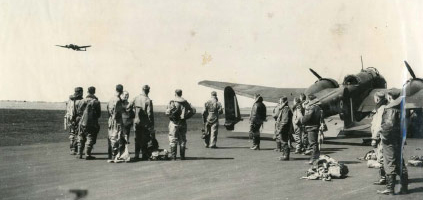
Where Next
Visit the place where the poem For The Fallen was written. Binyon composed the original poem while sitting on the cliffs between Pentire Point and The Rumps in north Cornwall, UK.
A stone plaque was erected at the spot in 2001 to commemorate the fact. The plaque bears the inscription: For the Fallen Composed on these cliffs 1914.
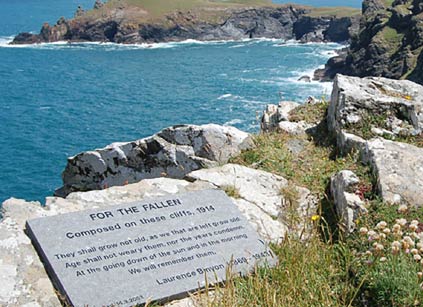
ON THIS DAY IN WORLD WAR TWO – 29TH SEPTEMBER 1941
In Ratsenburg, Hitler orders that Leningrad be wiped off the face of the Earth and its population exterminated.
In China, relief troops arrive at Changsha, forcing the Japanese to retreat.
